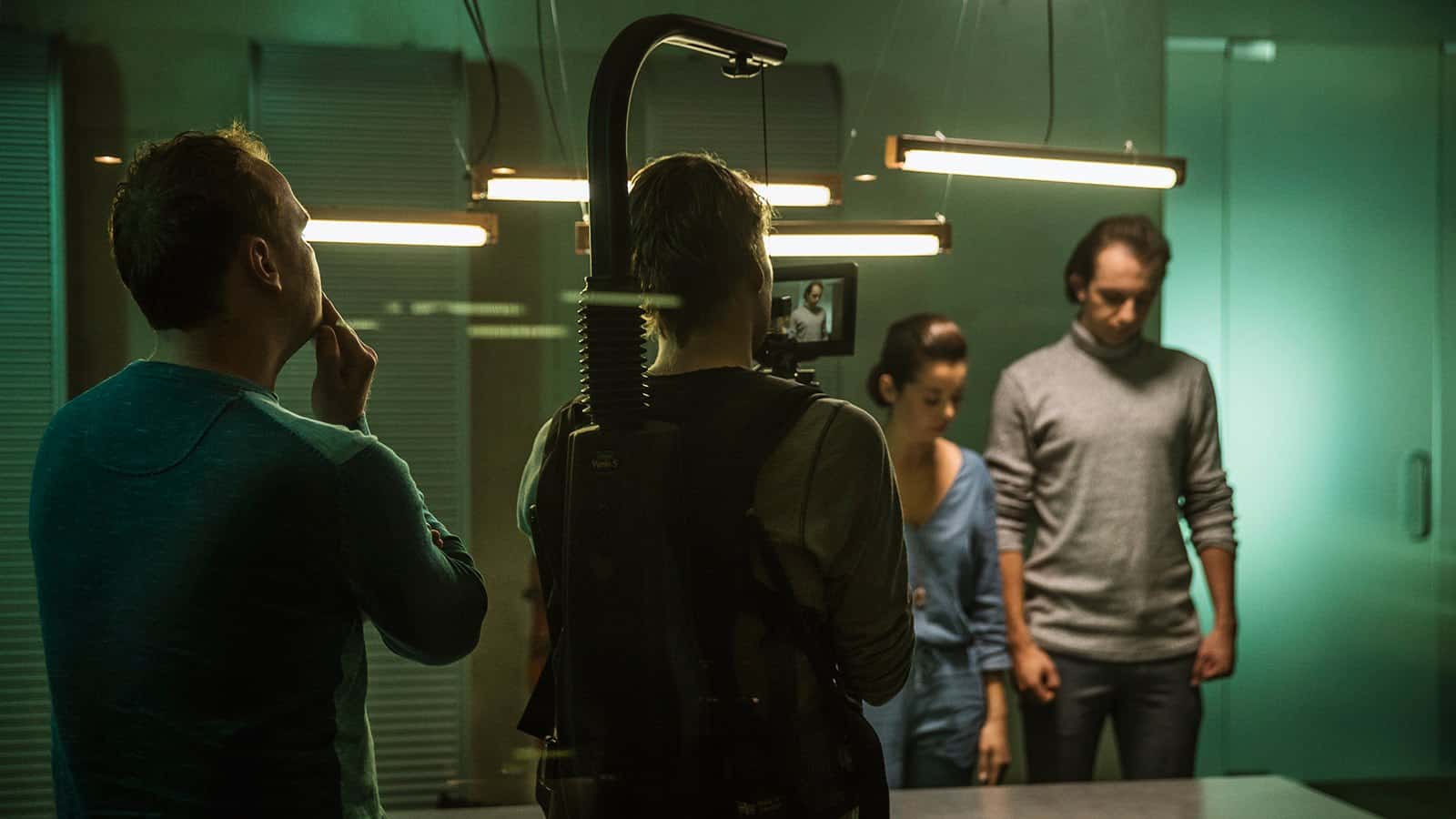From Dusk till Dawn was released in January 1996 and marked the first storyboarding by Robert Kurtzman and the first time Quentin Tarantino was paid for his screenwriting and acted, staring alongside George Clooney. It was also the start of his long-time collaboration with director Robert Rodriguez. If you haven’t heard of this film before, looking at it from the perspective of 2018, you’d think this would be an infallible combination. Unfortunately, first outings count for a lot. Although the film might have been released in 1996, the script was written in 1990. It’s unclear how much was changed in those six years, in which time Tarantino had gone to create Reservoir Dogs and Pulp Fiction and clearly had refined his black comedy style.

We’re introduced to Seth and Richie Gecko, two outlaw brothers, in a great opening sequence. The kind of quick-edited visual spectacle that Rodriguez, uniquely, excels in. Having a visual effects expect like Kurtzman only allows the director to go further and before the credits are even over, one of our main characters has a hole in their hand for the rest of the film. The film continues on strong when the innocent Fuller family, led by ex-pastor father Jacob (Harvey Keitel) are kidnapped by the brothers and taken to the Tex-Mex border to await their contact.
After that, it’s like entering the Twilight Zone. The brothers hide out in an all-hours bar designed so perfectly as a testament to its time that it actually manages to achieve timelessness. Unfortunately, the overly exploitative style doesn’t hold up to the test of time as well. It’s a B-movie horror flick, so you’re not expecting it to be particularly kind to women but From Dusk Till Dawn gets a little too handsy with its female set-pieces, I mean characters, that it’s hard not to cringe. Time isn’t always the enemy though. The Gecko brothers are quintessential Tarantino characters and although you expect to see them in some gritty, hyper-violence, they seem completely out-of-place amongst the coven of vampires they’re up against. Now that Tarantino’s style and characterisation has become iconic, it’s even funnier to watch these misfit brothers and their kidnapped family fight their way out of the horror cheese and, seemingly, back to their own movie.

Despite the film’s flaws, it’s clear to see why it would gain a cult following powerful enough to launch two direct-to-home sequels and a television series. There’s a ton of goofy, well-executed humour. The effects, especially for the time, are brilliant and the film certainly delivers on that promise of ultra-violence front in a much more gore-centric way which sometimes toes that line between crude and clever (mainly with groin automatic weapons).
The plain and simple truth is, the film is kind of a mess and that isn’t down to one person, by any means. It’s just clear that these three minds behind the film all have a slightly different vision for what they want it to be, but the friction doesn’t seem to come from a place of imagination, but of motivation. Each main player here, including Clooney, is in this film for their own reason. Clooney’s clearly here to get another shot at transitioning from leading TV actor to Hollywood star. Kurtzman wants a chance to showcase his visual effects talent and ordered a script that demands just that, logic be damned. Tarantino has crafted characters meant for an entirely different (more Tarantino-esque) film. And Rodriquez is just here to have fun and make money doing it.
by Reece Mawhinney
(Images from From Dusk till Dawn, courtesy of Miramax Films)



You must be logged in to post a comment.